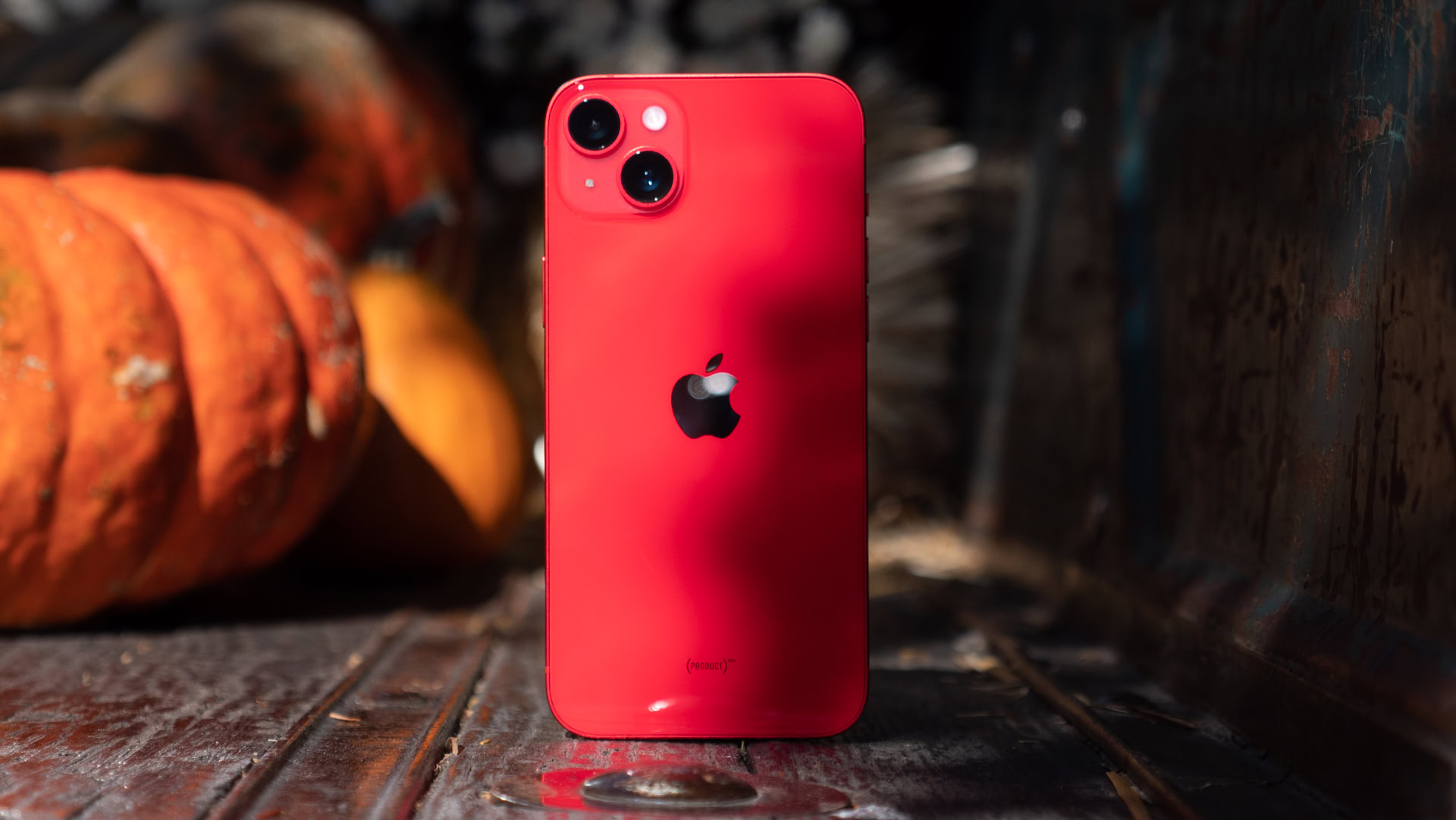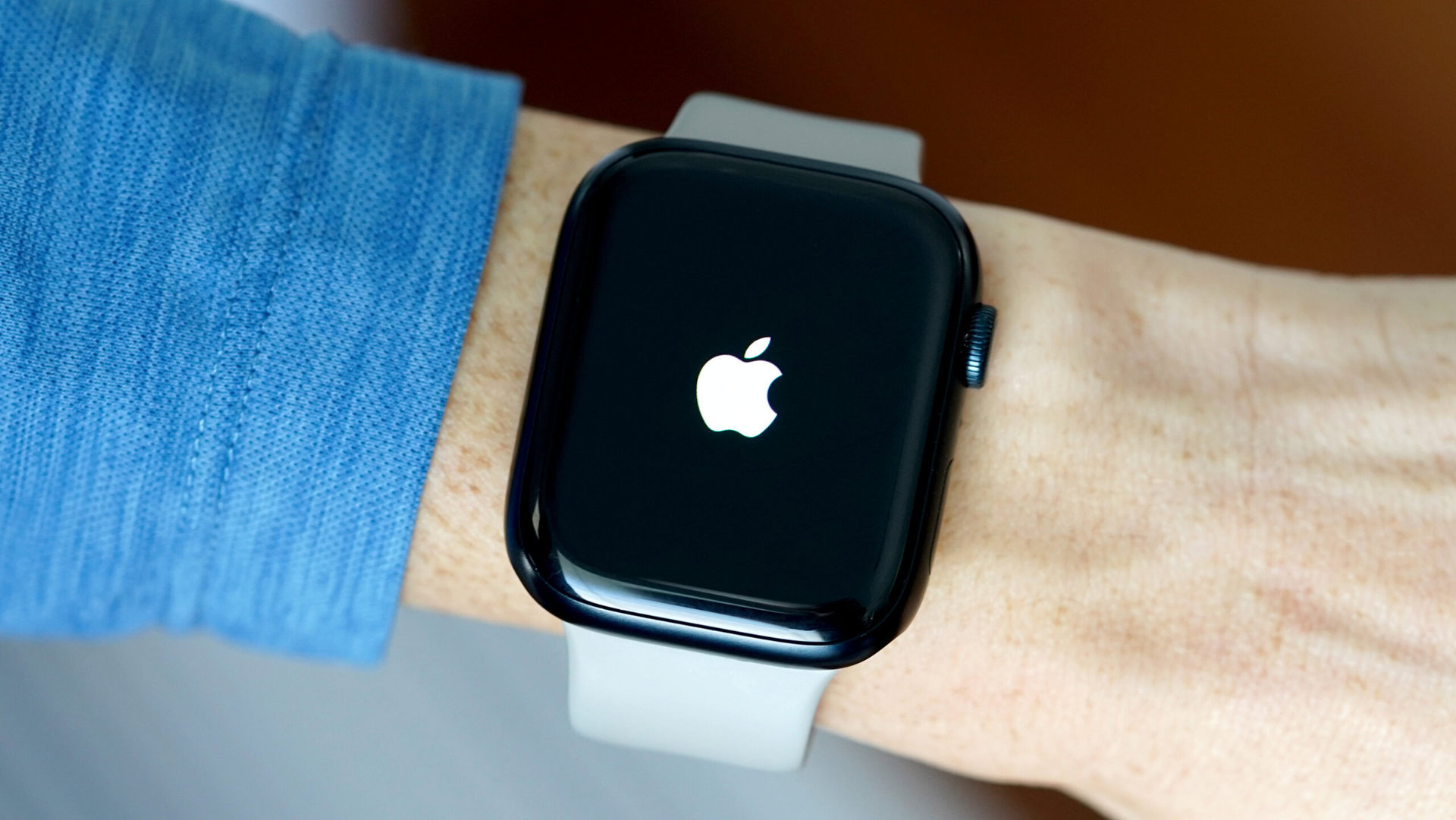Affiliate links on Android Authority may earn us a commission. Learn more.
If you really want to save Mother Nature, keep your old iPhone and Apple Watch
Published onSeptember 16, 2023

“Reduce, reuse, recycle,” goes the old adage, and it’s one that tech brands are increasingly embracing. At least if you read their marketing material. No doubt you’ll have spotted this trend at Apple’s latest iPhone 15 announcement, as well as during other high-profile flagship smartphone launches this year.
Apple’s literature boasts that the latest iPhone’s enclosure is built from 75% recycled aluminum with packaging made from 100% recycled or responsibly sourced wood fibers. Good stuff, but it can’t top the Watch Series 9’s claim to fame as Apple’s first-ever carbon-neutral product, thanks, in part, to using more recycled materials across the case and watch strap.
Apple has to jump through a few hoops to make it all the way to 100% carbon-neutral, though. Initiatives like investing in renewable energy projects to match your expected electricity consumption to charge the Watch are obviously challenging to calculate precisely. Plus, these eco-investments are expected to pay off in the future rather than reducing carbon usage today, but there’s no guarantee these pledges will pan out. Similarly, shipping 50% more devices by sea than by plane helps, but Apple is still shifting tons of cargo worldwide to put these new products on store shelves. Foxconn’s cheap and dubious factories remain a long haul from Apple’s home market.
Can a company pumping out incremental products really claim to be eco-conscious?
Still, we certainly can’t fault Apple for wanting to do better, but the harder circle to square is that Apple’s products barely change every year. Still, Apple heavily encourages us to buy the latest iPhone or Watch, even offering tempting trade-in options for last year’s models, complicit in the fact that more finite-supply precious metals, energy, and shipping are required to pump out those marginally improved new models. Apple is not alone in this, of course, but the problem is compounded when the Action Button and a USB-C port are what pass for “innovative” design wins. Surely, a real eco-warrior can’t argue these features are worth digging up the planet for?

On that note, the now-resolved USB-C versus Lightning debate is another prime example of Apple’s habit of saying one thing yet doing another. Years of holding out against broader industry trends have produced tons of additional and unnecessary Lightning accessories and cables, which will soon be chucked in the dustbin. We encourage you to keep using them or pass them on. Equally, you could argue that iMessage continues to be unfriendly to Android to convince users to switch to iPhones, consigning yet more working gadgets to an early grave if Apple had its way.
While it would be nice to think that buying new tech can somehow help the planet, that’s an inherently contradictory idea. Like many tech companies, Apple talks an increasingly good game on the environment, but it’s been dragging its heels on the right to repair, which would actually make a much more meaningful difference to e-waste than any of Apple’s latest pledges. It’s pretty clear the company’s biggest concern isn’t really for the planet; it’s figuring out how to sell more products.
Forget recycled packing; the greenest option is to keep products ticking for another year.
Thankfully, modern phones take a long time to go out of date; their processors, cameras, and software all hold up very well from one year to the next, whether you’re using an older iPhone or Android. A simple battery replacement is a cheaper and greener alternative to buying a new phone, no matter what percentage of its chassis has been recycled. Where possible, the most planet-friendly option is to resist the temptation of the shiny new thing and keep that iPhone or Apple Watch ticking along for another year.
To be fair to Apple, it supports its products for many years, often considerably longer than some Android smartphone brands, which helps make long-term use possible. But if you want to make a more meaningfully planet-friendly choice when you inevitably upgrade, you should check out ethical and repairable products like the Fairphone 5. That’s a much better option than buying an iPhone made out of slightly more recycled material than last year.